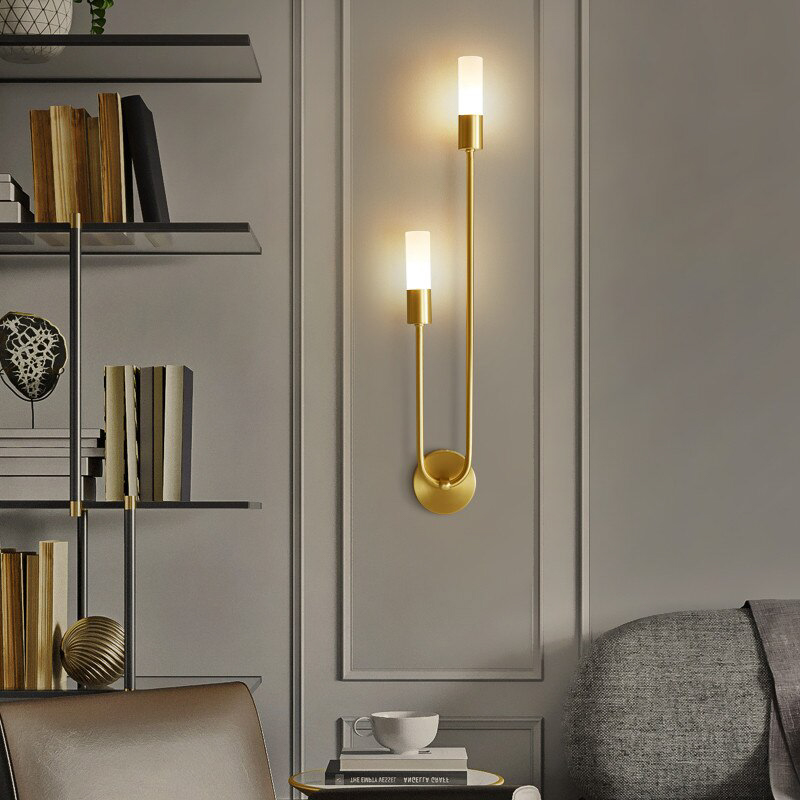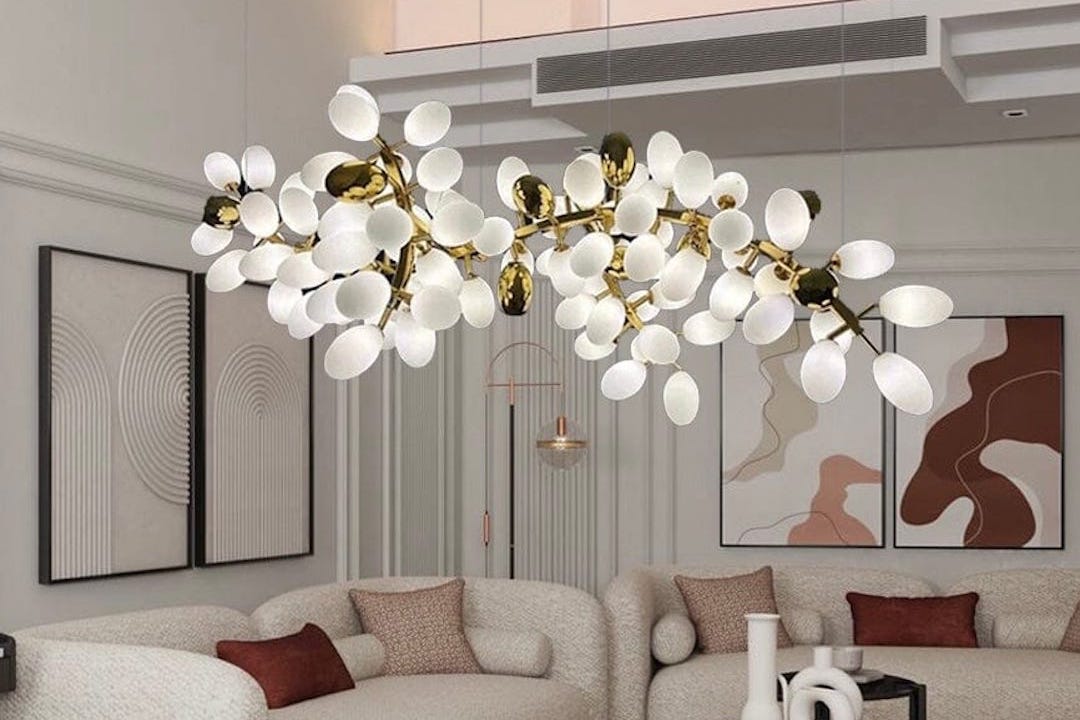The magnetic levitation lamp is a modern innovation that has captured the fascination of technology enthusiasts around the world. This unique lamp uses electromagnetic force to suspend a light source in mid-air, creating a mesmerizing visual display. In this article, we will explore the history behind magnetic levitation lamps, how they work, and their potential applications.
History of Magnetic Levitation Lamps
While magnetic levitation technology has been around for decades, the concept of using it to create a lamp is relatively new. The first commercially available magnetic levitation lamp, known as “Flyte,” was introduced in 2016 by a Swedish company of the same name. Since then, the technology has gained popularity and is now available from a variety of manufacturers.
How Magnetic Levitation Lamps Work
The basic principle behind magnetic levitation lamps is that they use the attraction and repulsion of magnetic fields to create a stable levitation of a light source. The lamp consists of two parts: a base and a light bulb. The base contains a magnetic levitation module that uses a combination of permanent magnets and electromagnets to hold the light bulb in place.
Benefits of Magnetic Levitation Lamps
One of the primary benefits of magnetic levitation lamps is their aesthetic appeal. The levitating light bulb creates a unique visual display that is both elegant and futuristic. Additionally, because the bulb is suspended in mid-air, there are no wires or cords to clutter up the space.
Another benefit of magnetic levitation lamps is their energy efficiency. Because the bulbs are LED, they consume less energy than traditional incandescent bulbs, making them an environmentally friendly choice.
Potential Applications of Magnetic Levitation Lamps
Magnetic levitation lamps are currently primarily used for decorative purposes, but their potential applications are not limited to that. They could be used in scientific experiments where the object needs to be suspended in mid-air to prevent external influences, or in emergency situations where a stable light source is needed in a power outage.



